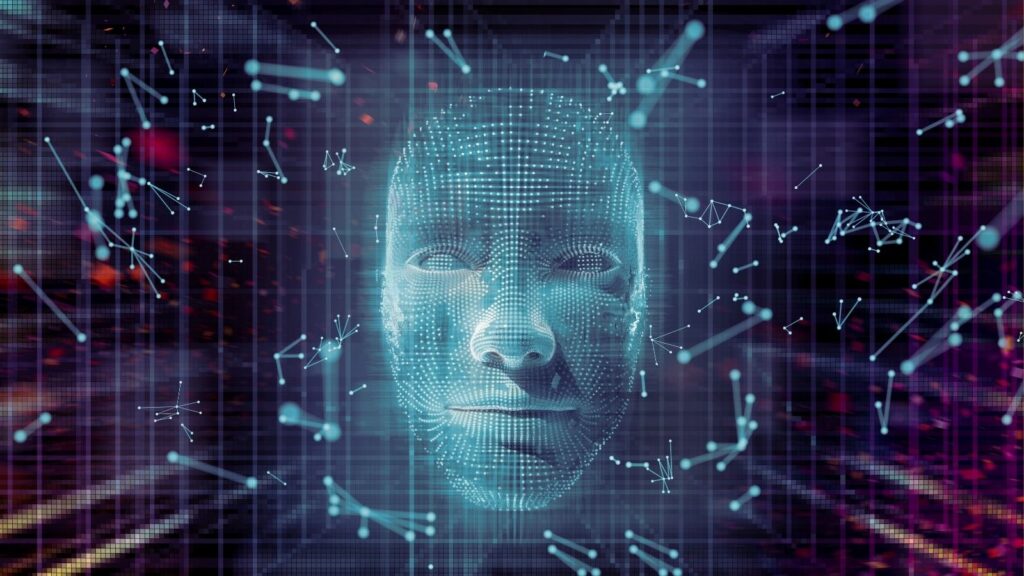Artificial intelligence (AI) has made huge advances in recent years, revolutionizing the way many sectors work. While AI offers great benefits, such as increased efficiency and innovation, there’s concerns about it replacing people’s jobs. We look at 17 worrying ways AI is taking over jobs, changing industries and reshaping the workforce:
Manufacturing

AI-powered robots and automation systems are increasingly replacing human workers in manufacturing and assembly lines. These machines can perform repetitive tasks with greater precision and speed, reducing the need for manual labor. As a result, many manufacturing jobs that once required human intervention are now automated, leading to significant job losses in the industry.
Customer Service
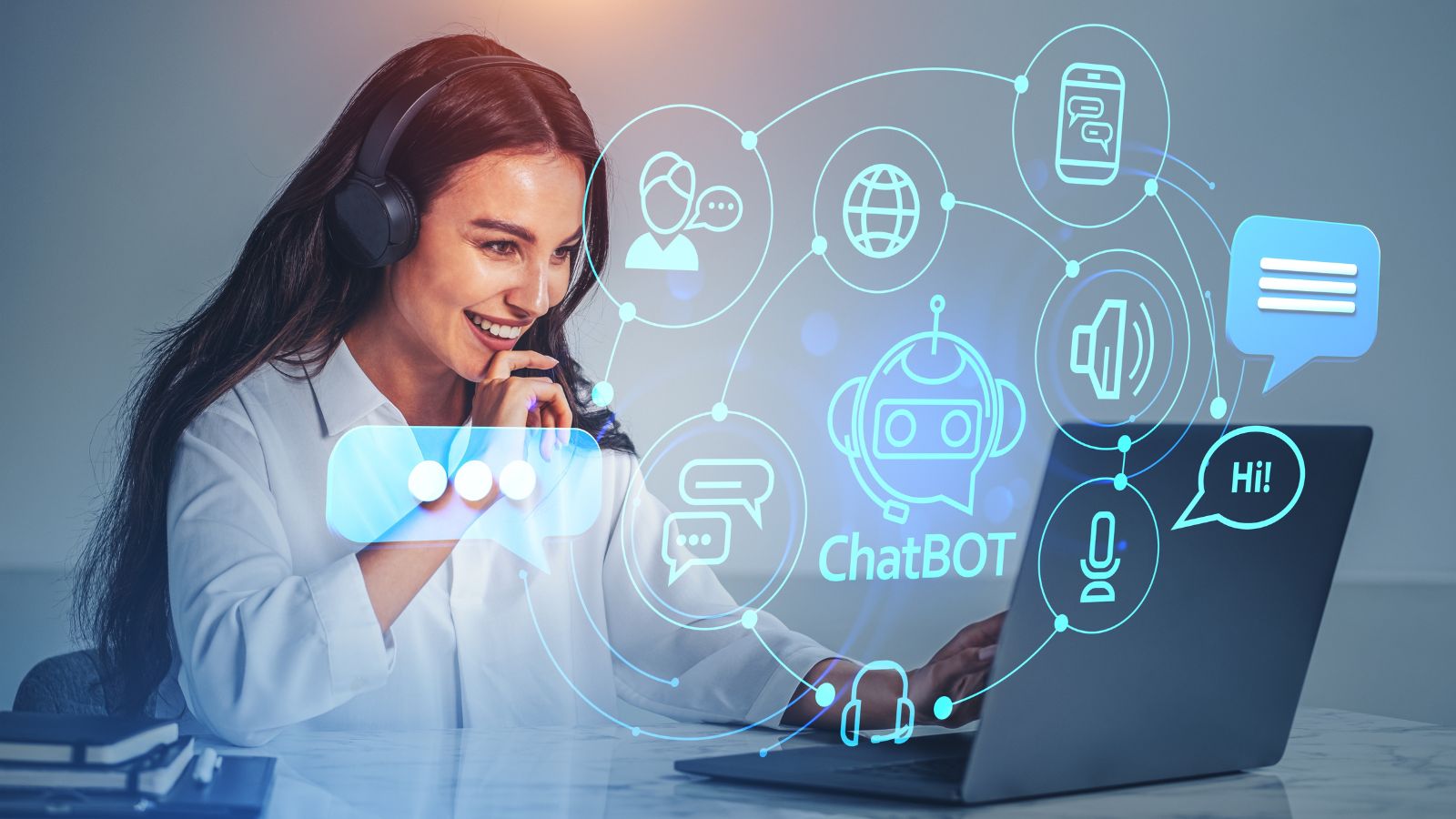
Chatbots and AI-driven virtual assistants are transforming customer service roles. These AI systems can handle a wide range of customer inquiries, from answering basic questions to resolving issues, often more efficiently than human agents. As companies adopt these technologies, the demand for human customer service representatives is declining.
Retail
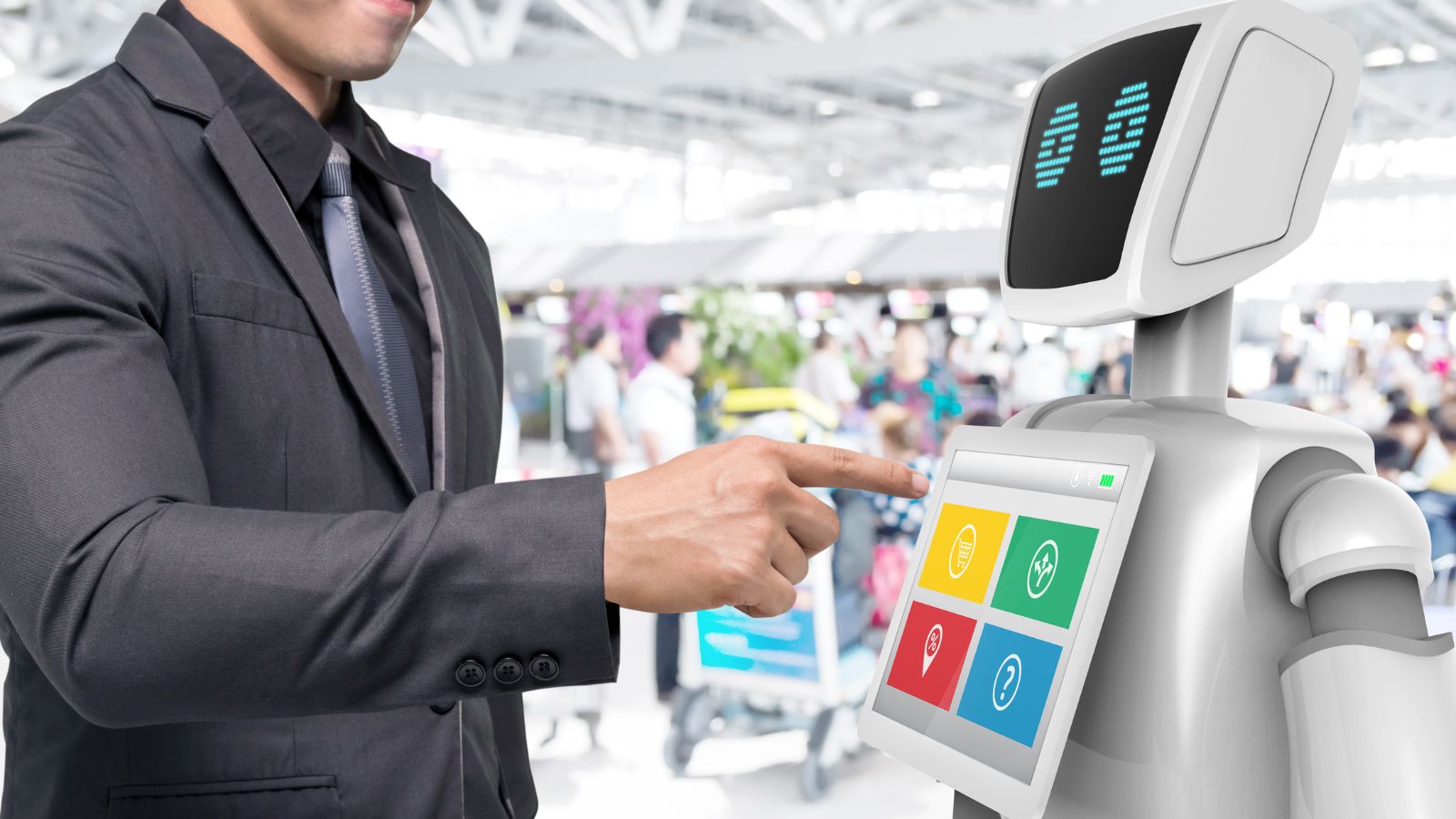
AI is revolutionizing the retail industry by automating tasks such as inventory management, pricing and even checkout processes. Automated systems can track inventory levels, predict demand and reorder stock without human intervention. Additionally, cashier-less stores, powered by AI and sensors, are becoming more common, reducing the need for retail workers.
Transportation and Delivery

Self-driving vehicles and drones are poised to disrupt the transportation and delivery sectors. AI-driven technology is enabling autonomous trucks, taxis and delivery drones to operate with minimal human oversight. This shift could lead to the displacement of millions of drivers, couriers and delivery personnel in the coming years.
Financial Services

AI is increasingly being used in financial services to perform tasks traditionally handled by human workers. Algorithms can now analyze vast amounts of data, make trading decisions, detect fraud and even provide financial advice. This has led to a reduction in the need for human analysts, traders and financial advisors.
Healthcare Diagnostics and Treatment Planning
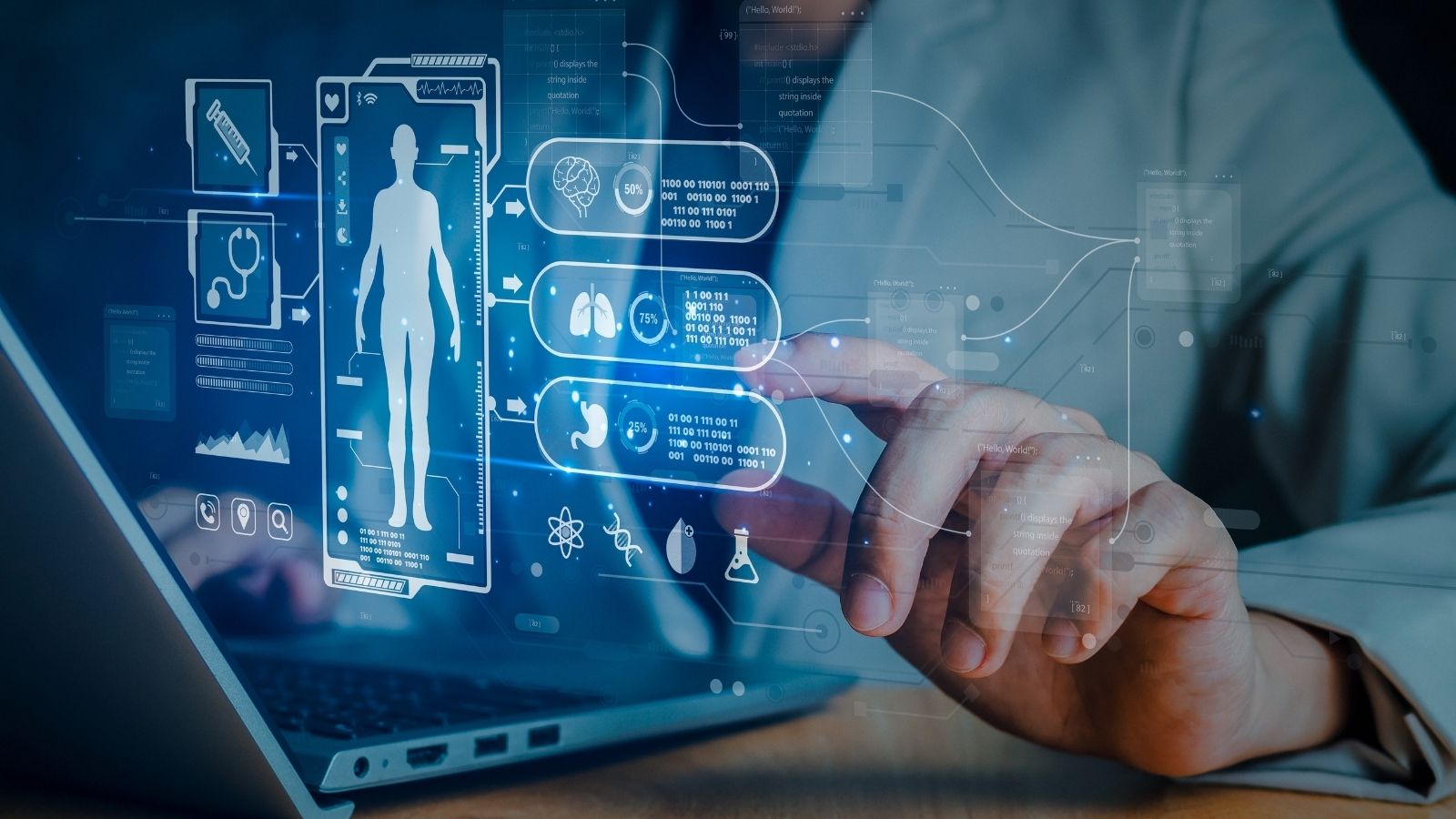
AI-powered tools are making significant inroads into the healthcare sector, particularly in diagnostics and treatment planning. AI algorithms can analyze medical images, predict patient outcomes and recommend treatment options, often with greater accuracy than human doctors. While this technology enhances patient care, it also reduces the demand for certain healthcare professionals.
Legal Services and Document Review

AI is transforming the legal industry by automating tasks such as document review, contract analysis and legal research. AI-powered software can quickly sift through vast amounts of legal documents, identifying relevant information and flagging potential issues. This efficiency reduces the need for junior lawyers and paralegals, leading to job displacement in the legal sector.
Content Creation and Journalism

AI is increasingly being used to generate written content, from news articles to marketing copy. AI-powered tools can analyze data, identify trends and produce well-written articles in a matter of seconds. While these tools are not yet capable of creative or investigative journalism, they are displacing jobs in areas where routine content creation is required.
Agriculture and Farming

AI is revolutionizing agriculture by enabling precision farming techniques. AI-driven machines can plant seeds, monitor crop health and even harvest crops with minimal human intervention. This automation reduces the need for manual labor on farms and increases efficiency, but it also displaces agricultural workers.
Data Entry and Administrative Roles

AI-powered software is automating data entry and other administrative tasks, such as scheduling, bookkeeping and report generation. These technologies can perform repetitive tasks quickly and accurately, reducing the need for human administrative staff.
Warehouse Operations
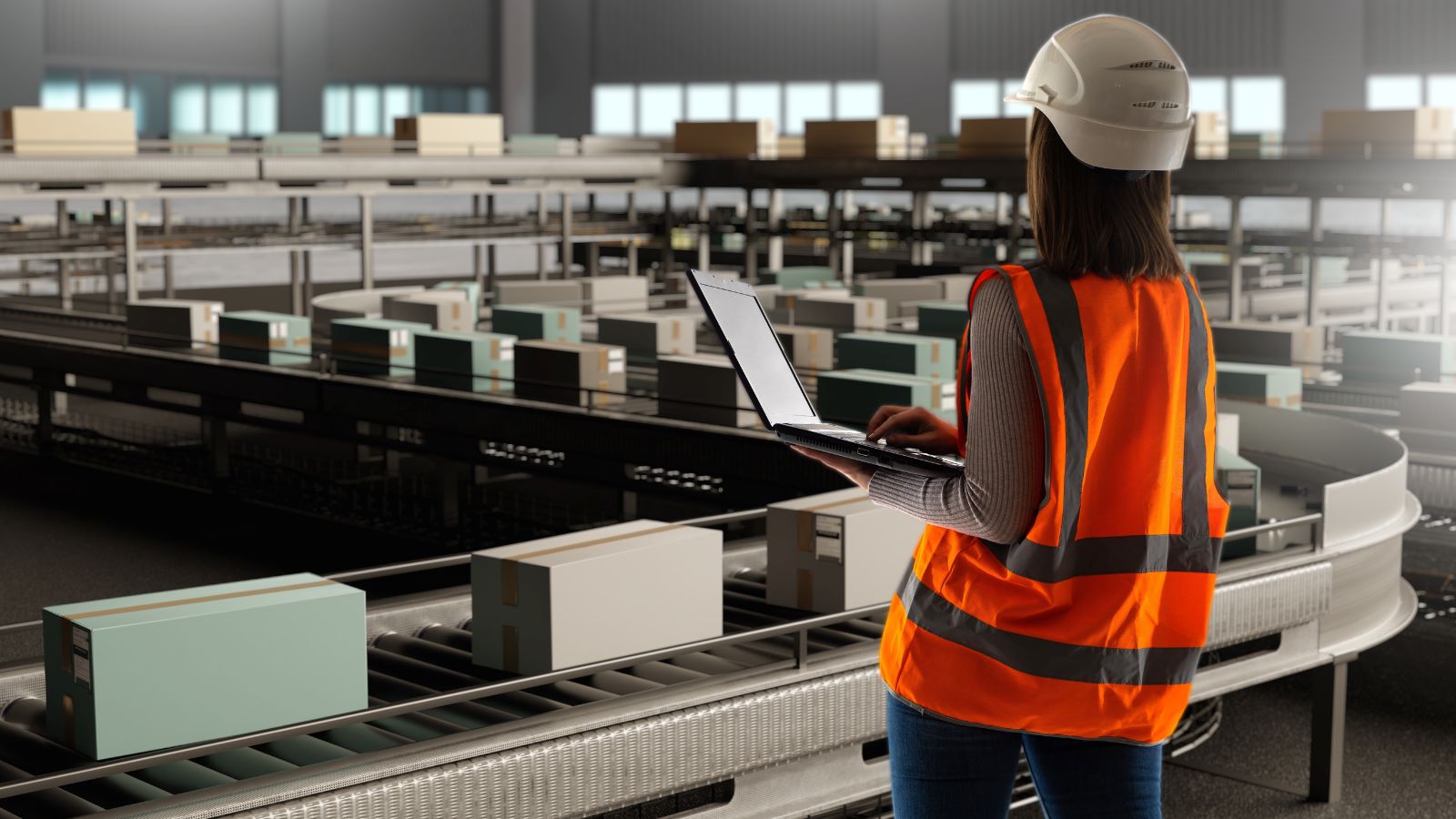
AI and robotics are transforming warehouse operations by automating tasks such as picking, packing and sorting. Automated systems can move goods within a warehouse more efficiently than human workers, leading to a reduction in the need for manual labor in logistics and supply chain management.
Security and Surveillance
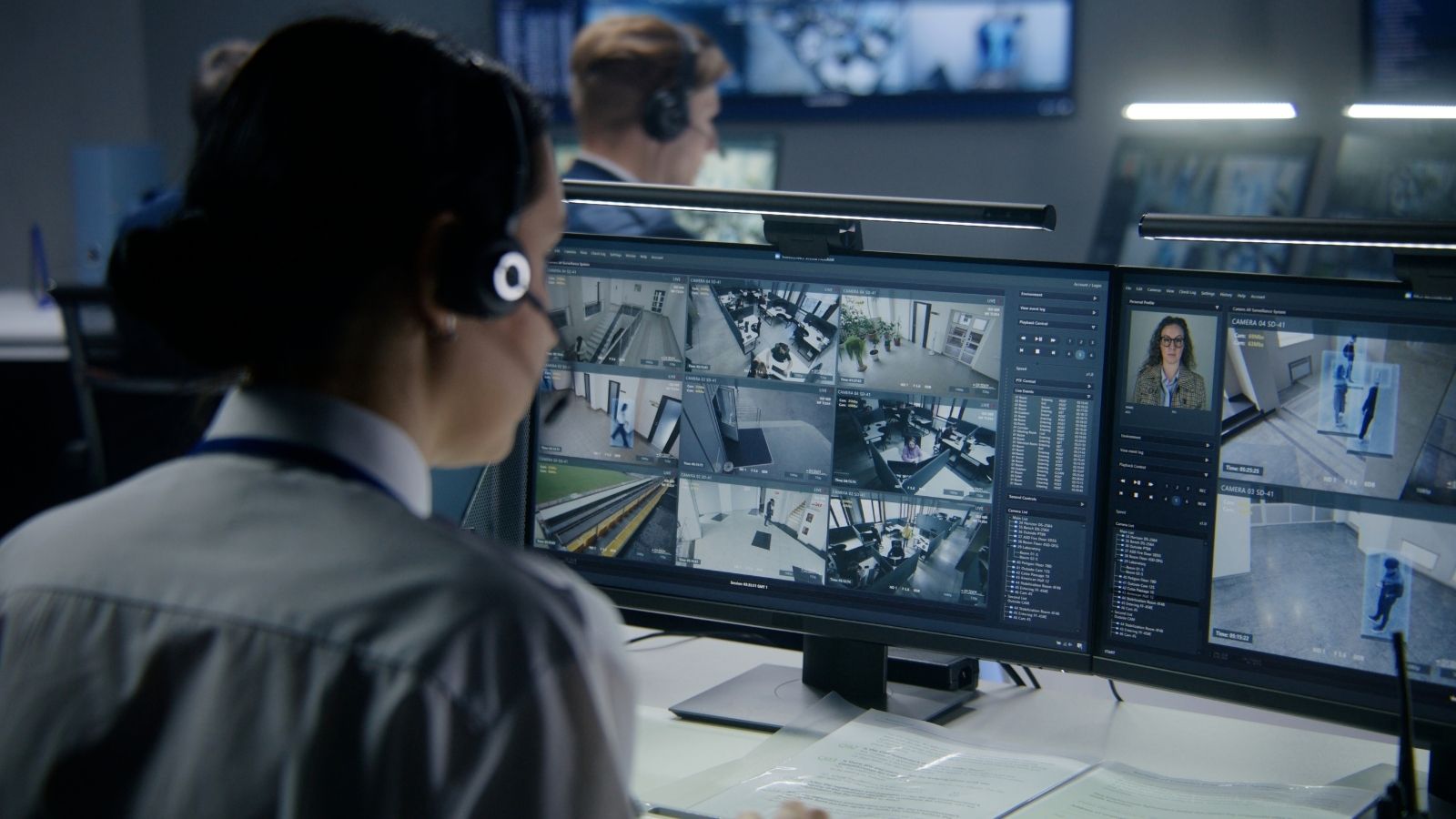
AI-powered surveillance systems are being used to monitor security footage, detect suspicious behavior and even identify individuals through facial recognition. These systems can operate 24/7 without breaks, reducing the need for human security personnel.
Telemarketing and Sales

AI is increasingly being used in telemarketing and sales roles, where it can interact with customers, provide product recommendations and even close sales. AI-driven chatbots and voice assistants can handle customer interactions more efficiently than human workers, leading to a decline in demand for human telemarketers and sales representatives.
Education and Tutoring

AI is making inroads into the education sector by providing personalized learning experiences and automated tutoring. AI-driven platforms can assess a student’s learning style, tailor content to their needs and provide instant feedback. While this technology enhances learning outcomes, it also reduces the need for human tutors and educators in certain contexts.
Real Estate and Property Management

AI is being used in real estate to automate tasks such as property valuations, virtual tours, and tenant screening. AI-powered platforms can analyze market trends, predict property values and even handle property management tasks, reducing the need for real estate agents and property managers.
Creative Arts and Design

AI is increasingly being used in creative fields, such as graphic design, music composition, and even visual art. AI-powered tools can generate designs, compose music and create digital art, often with minimal human input. While these tools are not yet capable of replacing human creativity, they are displacing jobs in areas where routine creative tasks are required.
Human Resources and Recruitment

AI is transforming the recruitment process by automating tasks such as resume screening, candidate assessment and even interview scheduling. AI-driven platforms can quickly identify qualified candidates, reducing the need for human recruiters and HR personnel.
18 Reasons Why People Are Leaving Florida in Masses

Exploring factors that impact the desirability of living in Florida, this list delves into various challenges shaping residents’ experiences. From environmental concerns like rising sea levels to economic factors such as fluctuating job markets, these issues collectively contribute to a nuanced understanding of the state’s appeal.
18 Reasons Why People Are Leaving Florida in Masses
